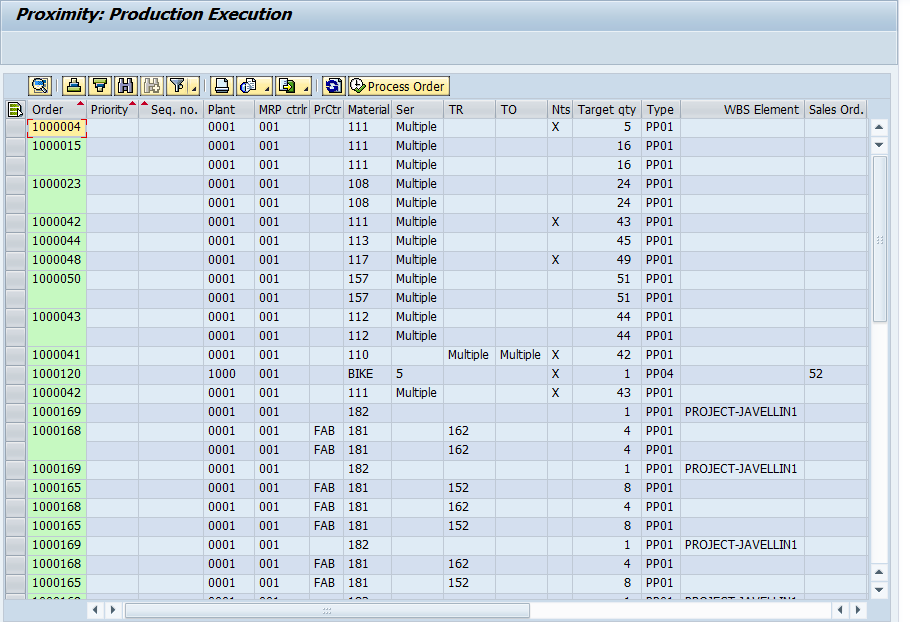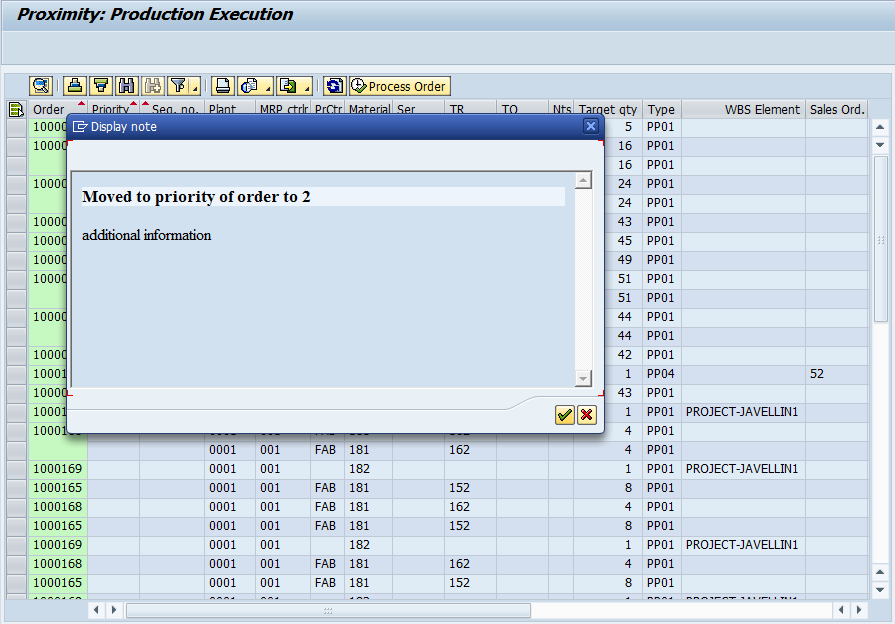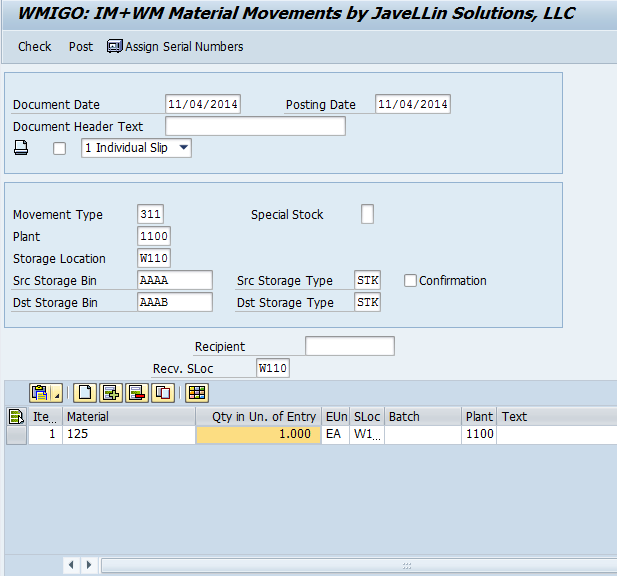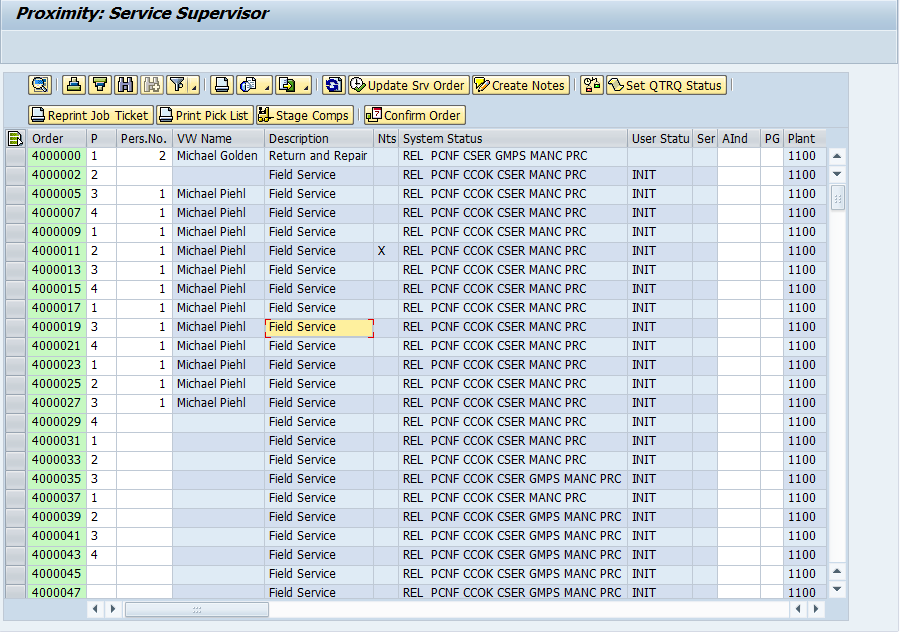I’ve always found it strange that there is no method to run availability in mass on components I need to use for my service orders? SAP built up all this elaborate functionality around PP, but then just neglect us over on the service side. Like everything in SAP, I’m sure they had their reasons, but it certainly made my life more challenging when I was trying to give accurate dates on my service orders, or teach people to load in their parts and just check the status. After all, shouldn’t I be able to look at MACM and see that it’s complete after my nightly run of availability?
SAP provided a great starting point, transaction IWBK, that I took to the next level. While it looks pretty much identical, you’ll notice I added one button that allows you to availability on all selected orders. In addition, you can run this program as a nightly job so your service technicians can see first thing in the morning if their parts came in yesterday.
If you’d like more information on this, check out my demo. IN addition, we built this functionality into our Proximity application so it’s easy for a supervisor to run availability in mass, or your technicians can run in on an order by order basis for the latest and greatest results.
Thanks for reading,






